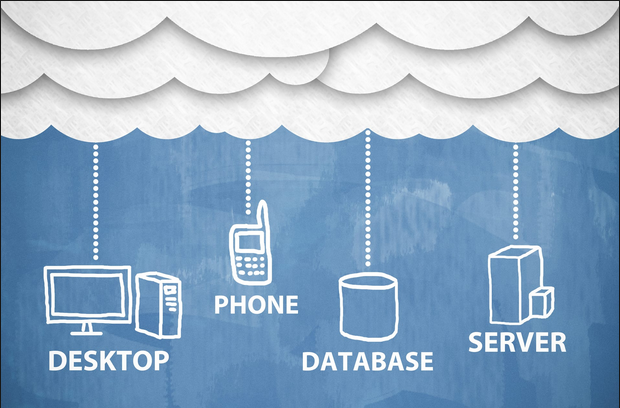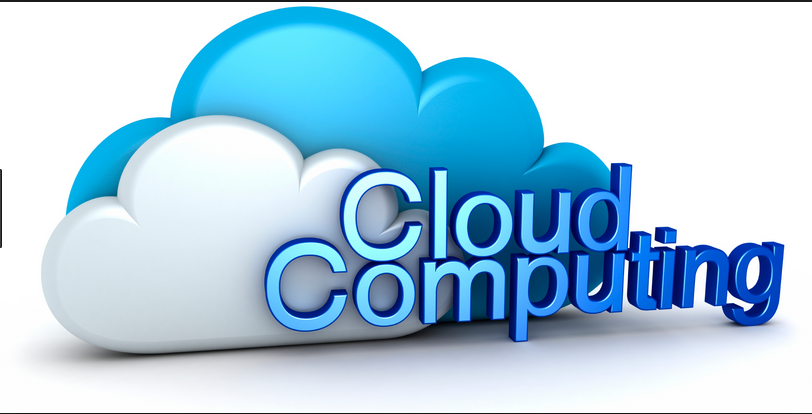
The Private – Public – Community and Hybrid Cloud
Private Cloud: According to NIST, a private cloud is defined as follows:
The cloud infrastructure is provisioned for exclusive use by a single organization comprising multiple consumers (e.g., business units).
It may be owned, managed, and operated by the organization, a third party, or some combination of them, and it may exist on or off premises.
National Institute of Standards and Technology, Special Publication 800-145
Under most circumstances, a private cloud is owned by the organization and they act as both the provider and the consumer. They have an advantage in not needing to put their data on the Internet.
Public Cloud: As opposed to a private cloud, the public cloud is defined as follows:
The cloud infrastructure is provisioned for open use by the general public. It may be owned, managed, and operated by a business, academic, or government organization, or some combination of them. It exists on the premises of the cloud provider.
National Institute of Standards and Technology, Special Publication 800-145
Under most circumstances, the cloud provider owns a public cloud, and it will use a pay-as-you-go model. Examples include webmail and online document sharing/collaboration.
Community Cloud: According to NIST, a community cloud is defined as follows:
The cloud infrastructure is provisioned for exclusive use by a specific community for consumers from organizations that have shared concerns (e.g., mission, security requirements, policy, and compliance considerations).
It may be owned, managed, and operated by one or more of the organizations in the community, a third party, or some combination of them, and it may exists on or off premises.
National Institute of Standard and Technology, Special Publication 800-145
The key to distinguishing between a community cloud and other types of cloud delivery is that it serves a similar group.
There must be joint interests and limited enrollment. For an analogy, think of a private cloud as a house (you own it; you are responsible for the maintenance, utilities, and all of it; and so forth), a public cloud as a hotel ( you are using only a small part of it, you have very little responsibility for the structure), and a community cloud as a condominium (you own a portion, you share maintenance of common areas, and so on).
Hybrid Cloud: The last of the delivery models, the hybrid cloud, is defined as follows:
The cloud infrastructure is a composition of two or more distinct cloud infrastructure (private, community, or public) that remain unique entities, but are bound together by standardized or proprietary technology that enables data and application portability (e.g., cloud bursting for load balancing between clouds).
National Institute of Standards and Technology, Special Publications 800-145
Although a hybrid can be any combination of cloud computing is to take advantage of cloud bursting. This means that when your servers become too busy, you offload traffic to resource from a cloud provider. Technologies that make much of the load balancing/prioritizing possible employ the QoS (Quality of Service) protocols.


